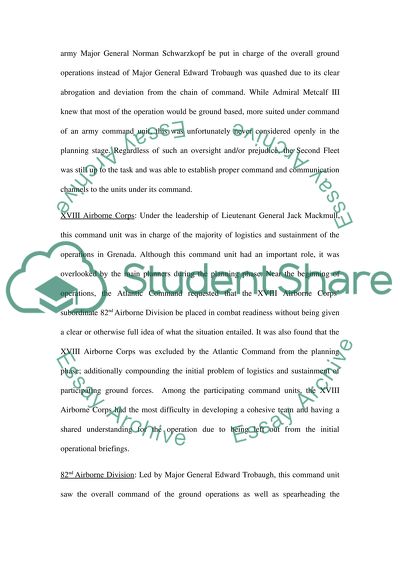Cite this document
(“Grenada and Mission Command Essay Example | Topics and Well Written Essays - 1500 words”, n.d.)
Retrieved from https://studentshare.org/history/1463177-grenada-and-mission-command
Retrieved from https://studentshare.org/history/1463177-grenada-and-mission-command
(Grenada and Mission Command Essay Example | Topics and Well Written Essays - 1500 Words)
https://studentshare.org/history/1463177-grenada-and-mission-command.
https://studentshare.org/history/1463177-grenada-and-mission-command.
“Grenada and Mission Command Essay Example | Topics and Well Written Essays - 1500 Words”, n.d. https://studentshare.org/history/1463177-grenada-and-mission-command.


